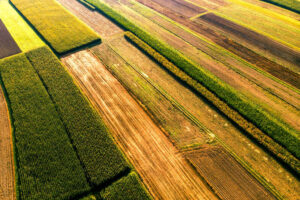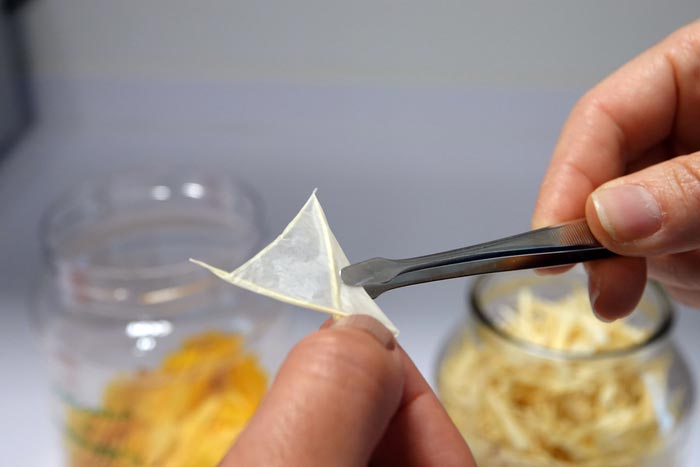Researchers demonstrate that this part of the plants –the outermost part– can absorb up to 90% of harmful sunlight that is converted into heat.
The cuticle – the outermost part of a plant, which acts as interphase between the plant and the environment– is becoming increasingly important in agriculture. It has already been shown that the cuticle has hydrologic properties, to prevent water loss, as well as mechanical properties, against fruit cracking, and plays a role in the defense against pathogens.
Scientists of the IHSM La Mayora, members of the University of Malaga (UMA) and the Spanish National Research Council (CSIC), have taken a step further in their research by identifying the cuticle as the first protection barrier of the plants against ultraviolet (UV) radiation, particularly, against UV-B (between 280-310 nm), which, despite representing only 2 per cent of incident sunlight, is potentially harmful to plants, being able to damage tissues and even alter genetic material.
A multidisciplinary research
This paper is the result of a multidisciplinary research that combines Plant Biology, Molecular Spectroscopy and Quantum Chemistry, which findings have been published in the prestigious scientific journal Nature Communications.
“So far it’s been believed that leaves and fruits protect themselves against UV radiation through a wide range of molecular structures, generally called phenolic compounds, which are present in diverse organs and internal cellular compartments of plants”, explains Antonio Heredia, Professor of Biochemistry and Molecular Biology at the UMA, and one of the authors of this paper.
Protection over 90 per cent
This research has demonstrated that protection is already greater than 90 per cent in most plants, thanks to the cuticle structure and the fact that this defense mainly derives from certain phenolic compounds, known as cinnamic acids, that have been present in plant cuticles in low concentrations for millions of years.
An ultrafast and cyclical process
Likewise, this research describes the photoprotective mechanism, evidencing that the process is rotational, through a double bond weaken after UV absorption, “ultrafast”–it takes one millionth of a second–, and also cyclical, allowing to maintain continued protection at the cuticular level.
“The cinnamic acids present in cuticles have an aromatic molecular structure conjugated with a double bond that absorbs radiation, specially of the UV-B spectrum. The molecule absorbs energy and spins instantly”, says Eva Domínguez, scientist of the CSIC, clarifying that, eventually, the absorbed radiation is converted into heat, that is to say, light energy dissipates in the form of thermal energy, and the molecule returns to its original structure to restart the process.
The expert asserts that this mechanism has never been proven in a biological system and opens the door to new studies related to other potential properties of the cuticle, such as light-induced electrical conductivity.
In order to carry out this research, the scientists analyzed the cuticle of more than a dozen types of plants from very different families. Three years of work, which experimental phase was conducted in the laboratories of the new building of the IHSM in the university campus, where the scientists of the IHSM Antonio Heredia (UMA) and Eva Domínguez (CSIC) worked together with the participation of researcher Ana González –author of the doctoral thesis which this research is based on–, Professor Pilar Prieto and researcher Abel de Cózar, from the University of Castilla-La Mancha and the University of the Basque Country, respectively.
Bibliography:
González Moreno, A., de Cózar, A., Prieto, P., Domínguez, E. and Heredia, A. (2022) Radiationless mechanism of UV deactivation by cuticle phenolics in plants. Nat Commun 13, 1786. https://doi.org/10.1038/s41467-022-29460-9
Journal: Nature Communications
DOI: 10.1038/s41467-022-29460-9
Method of Research: Experimental study
Subject of Research: Not applicable
Article Title: Radiationless mechanism of UV deactivation by cuticle phenolics in plants
Article Publication Date: 4-Apr-2022
Media Contact
María Aguilar
University of Malaga
mariaguerrero@uma.es
Office: 95-213-1129
www.uma.es














